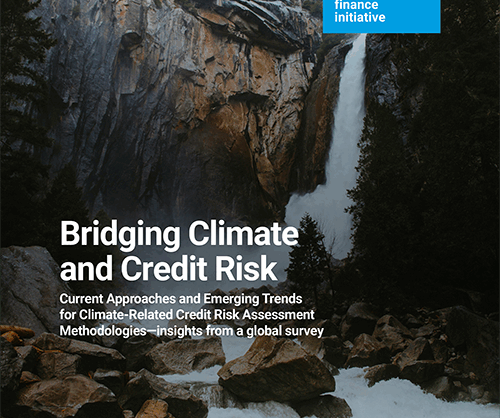Who is this report suitable for? Risk professionals and senior management at banks and supervisory authorities.
This report offers a detailed analysis of how banks currently assess and manage climate-related credit risks, and actionable insights for risk professionals and senior management to identify strengths and gaps in their current practices. It also offers supervisory authorities a comprehensive view of how climate risks are being incorporated into credit risk management worldwide.
It highlights standard methodologies used across the banking sector to help establish a benchmark for credit risk modelling practices. The goal is to support financial institutions in refining their approaches to climate risk management and aligning them with emerging best practices.
Drawing on a global survey, the publication explores the full scope of climate-related credit risk assessment, including how banks use these assessments, integrate climate considerations into credit risk models, and evaluate both physical and transition risks. It also examines how climate factors influence collateral valuation, and how risk is assessed across different sectors and exposure classes. Other key areas covered include scenario analysis, Environmental, Social and Governance (ESG) scoring, data collection and governance, and the quantitative impact of different assessment methodologies.
Highlights include areas for further development, as well as key recommendations to help financial institutions and regulators strengthen the integration of climate risk into credit risk practices at both firm and jurisdictional levels.
This report was developed by UNEP FI and Global Credit Data.
